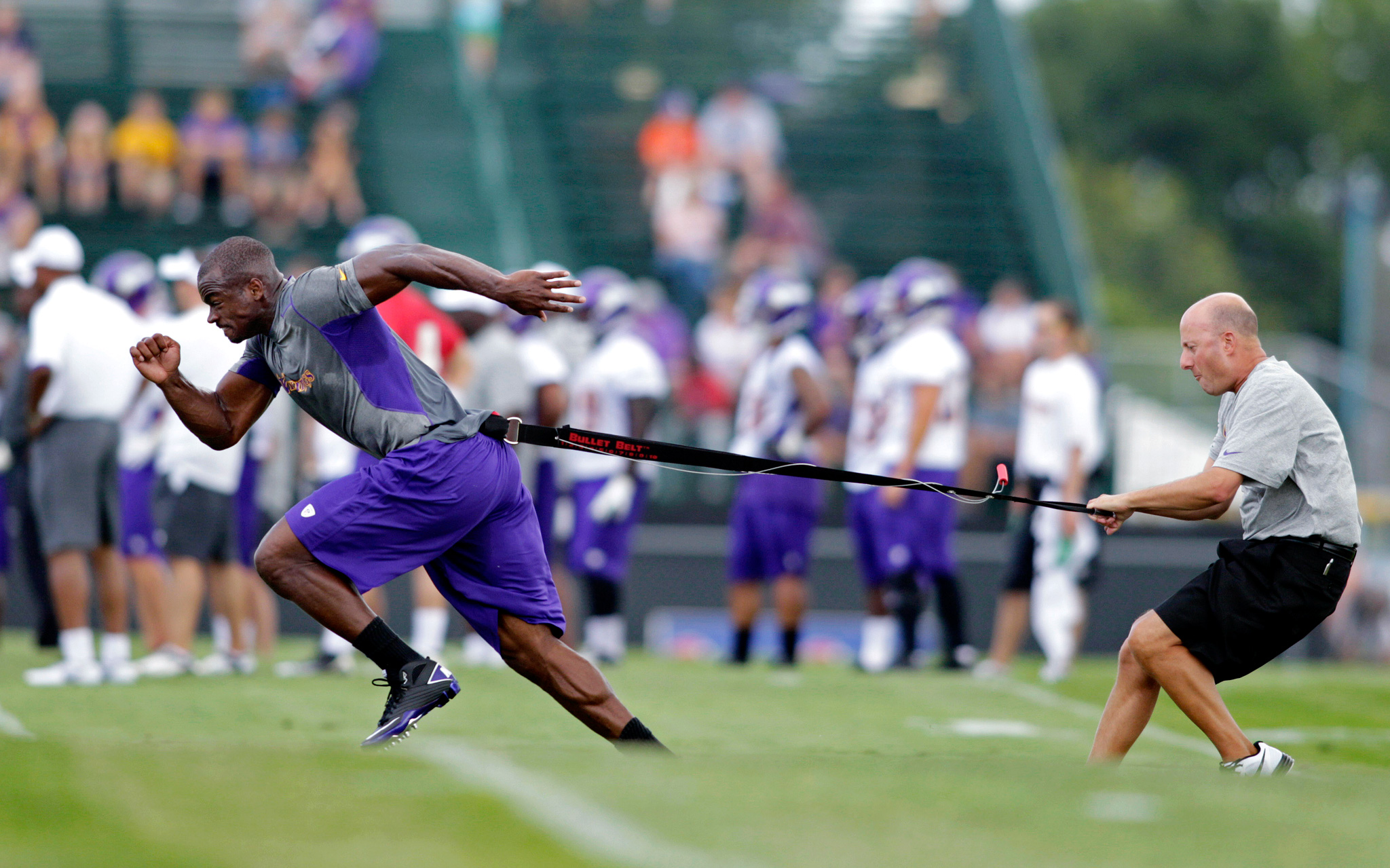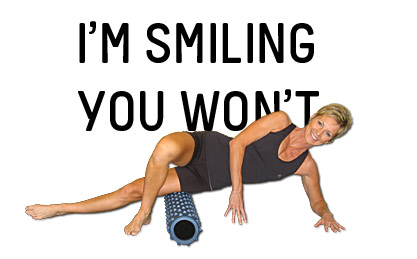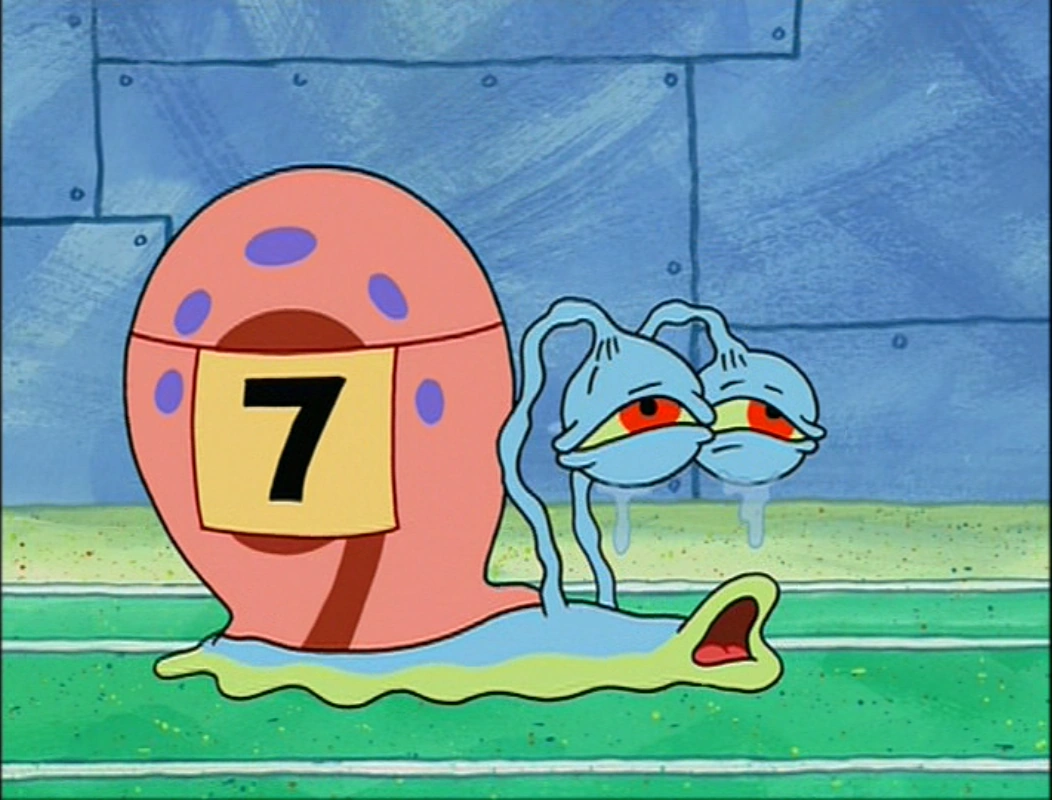
The Layperson’s Guide To Fitness: Vol. 4
Part 4: Post Exercise

…Oh, you thought we were done?
As if! This is a complete layperson’s guide, and it would be a disservice to you all if I just skipped out after that last section.
Anyway, I firmly believe that what you do after you’re finished exercising is more important than the workouts themselves. If you don’t recover properly and keep pounding your body, then you’ll end up burning out.
Muscle is built by breaking down tissue through exercise, and then building it back up. If you don’t allow it to build back up, then you’re seriously harming yourself.
Here’s a few things to help you recover properly.
Get into the habit of foam rolling

This is one of the main things that you can independently take away from this guide and have it immediately impact your life.
While that was indeed dramatic (I’m a dramatic person, after all), there’s a fair amount of truth to it.
I’m saying this because foam rolling is a terrific practice that will help your body’s blood flow, increase your range of motion, and assist in the recovery process so you can hit the next workout hard.
This is all achieved through “myofascial release”, which is a curtain-dressed way of describing a deep tissue massage. The constant pressure the roller puts on your muscles helps restore their elasticity.
If you’re new to foam rolling, it’s going to hurt. A lot.

But if you’re able to withstand the pain and looking a bit goofy, then you’ll instantly notice how loose and responsive it’ll make you feel.
Most people save foam rolling for after their exercise session—which is a good idea, but there’s nothing wrong with rolling out a bit as part of your warm up.
There’s a bunch of fancy-pantsy rollers out there on the internet, and most of them are pretty legit. But I’d recommend just using the ones that are usually lying around the gym to learn how to use one and figure out your firmness tolerance.
Okay, now you can stretch

I know that I forbade you from stretching before your workouts, but doing so after you’re all finished (preferably after foam rolling) is perfectly fine.
Now, there’s been some fairly equivocal debates for and against static stretching and its functionality recently, but I side more towards the “Pro” side.
Some of the best athletes I’ve ever met were also among the most flexible. Whether their flexibility directly translated to their given sport or not is debatable, but I think that general flexibility and good range of motion will help you adapt better to new movements and exercises.
If you’re short on time and have to choose between foam rolling and static stretching, take foam rolling 9 times out of 10. But it never hurts to stretch it out when you can.
Rest, Rest, Rest

Ironically, this will probably be the most difficult guideline to follow for a lot of you.
It’s time to play “Two Truths & A Lie”.
I’ll go first:
- I only lift weights twice a week
- I have at least one scheduled rest day each week
- Every now and then, I’ll go an entire week without lifting a single weight
Which is the lie?
Trick question—they’re all true.
For those who are curious: I do two, total body lifting sessions a week. 2 of the other days are spent doing some form of running or stair workout, 2 days are for active (low intensity) recovery, and Sundays are always complete rest.
So if you add all that up, there are only 4 days out of the week when I’m really getting after it, and only 2 are spent lifting weights.
Now you don’t have to follow what I do, but I’m just showing you this to illustrate how little I’m actually in the gym.
Why?

Rest, that’s why.
The quote that I’ll use to help explain this comes from the most unlikely of sources:
Those who know me well (or at all) are aware that I’m a huge fan of the Japanese cartoon show Dragon Ball Z. The show’s main character, Goku delivers a brief speech during an episode that has always resonated with me. It goes like this:
“You have to understand that rest is sometimes as important as training….maybe even more important. If we give ourselves and our muscles a chance to build back up, then we can get a lot more out of them than if we just kept training the whole time”
I know Goku is a fictional character and all, but this is some real-deal-Holyfield advice here.
This isn’t an issue that only applies to new people, either. The notion of constant, rigorous exercise as the only way to get fit is present across all experience levels.
I suppose it makes sense, too. The marketing for fitness products and programs are effective because they always show super fit people engaged in rigorous activities.
Like, look at some of these protein shake advertisements. They’re freaking disgusting.

Imagine if the ad just showed this guy resting on his couch? Nobody would buy that garbage!
Anyway, what the argument in favor of rest basically boils down to is that you can’t keep putting your body under immense stress and expecting it to respond positively.
You might get results eventually with this method, but you’ll reach your goals much faster if you just chilled the hell out every now and then and let yourself recover.
This is all to avoid overtraining—which is a bigger threat to your body than a tub of ice cream after a bad breakup.
Overtraining is what happens when you wake up every day and exercise like you’re in a Gatorade commercial without an extended period of rest. Your body isn’t given a chance to properly recover, so it responds by shutting down in the hopes that you won’t be able to torture it anymore.

Have you ever felt horribly sluggish before or during a workout?
Or noticed that you can’t lift as much or run as fast as usual?
Are you ever unusually sore?
Uncharacteristically moody or depressed?
All of the above are warning signs of overtraining.

The scary part is that a lot of people take the aforementioned symptoms and convince themselves that they’re actually undertrained, and therefore need to work harder.
If you think lifting two times in a day is a good idea, you are wrong.
If you think going to the gym 7 times a week is a good idea, you are wrong.
If you think that sleeping 4 hours and working out as soon as you wake up is a good idea, you are wrong.
If you think avoiding food after you exercise is a good idea, you are wrong.
I’m all for working hard—it’s practically my calling card. But you need to be smart with your effort.
I know it might be hard sometimes to hold back when you’re so eager to get fit. But you need to give yourself a mental and physical break every now and then—you’ll be happier for it.
⊕Fitness Myth #4: Squats need to be horrendously low to count

The title there probably gives this one away, but I disagree with this claim. Some will object to my…uh, objection, but it’s my quide–I do what I want.
When determining the range of motion (ROM, if you wanna get fancy) of a given workout, you have to assess it in terms of functionality.
What I mean by this is that, very few activities in life require someone to bend their knees all the way down. Why, then, does it make sense to squat “ass-to-grass”?
For those who answered “It doesn’t make sense”, you are correct!
Not only are ultra-deep squats terrible for your knees, but they’re only going to really benefit your life if you flip tires all day for a living–or are a professional leapfrog player.
It’s a good rule of thumb to keep your knee angle around 90 degrees on any given leg workout. This will engage all the muscles you’re aiming to, without putting stress on your joints.